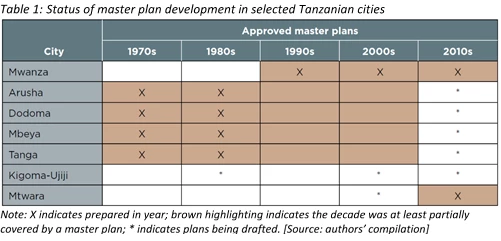In my previous two blogs: Developing Public to Public Partnerships (P2Ps) that Improve Infrastructure’s Social and Economic Value and 10 tips for Implementing a Public to Public Partnership (P2P), I sought to highlight the importance of organizations working together within the public sector if they want to maximize the value from Public Private Partnerships (PPPs). Regrettably, it’s too frequently the case that the potential of the public sector to maximize the value it achieves from PPPs remains unfulfilled because of relationships within the public sector preventing or inhibiting organizations working effectively together.
If public sector organizations can’t develop effective partnership working among themselves, how can they maximize value from partnerships with the private sector?
PPPs are sometimes viewed as an answer to the problems of individual public sector organizations or to the challenges of joint working among public sector organizations. Where PPPs are pursued merely to circumvent these challenges there is often a huge opportunity cost of value forgone for communities. This is because where public sector organizations do not work together to create a P2P Partnership, they often lack access to the competencies, capabilities, and capacity to be an effective partner in a PPP. They are also frequently sub-optimal from an economic value perspective, have a fragmented approach to connected issues and do not have the power to ensure that social value for communities is maximized.
Public sector leaders and managers need to understand, and be active players in, creating effective joint working among public sector organizations and within their own organizations. They must understand the challenges of joint working if they are to transform the performance of the public sector and its ability to maximize value from PPPs.
A way to help to create this effective joint working is to use the Staircase of Relationships in Figure One (below) taken from The Public Private Partnership Handbook: How to Maximize value from Joint Working:
Figure One: The Staircase of Relationships
Whether it’s improving joint working within one public sector organization or developing joint working across public sector organizations, the people involved have to meet and to get to know each other. While there is no substitute for face-to-face meeting and communication, increasingly this “meeting” and communication takes place virtually. It is important, however, that this meeting and communication leads to people getting to understand each other and what the organizations are seeking to achieve. There has to be more to meeting and communication than just transactional interactions.
People in P2P Partnerships (as in PPPs) need to know what their joint efforts are seeking to achieve, what the priorities are, what is acceptable in terms of processes, behaviors and performance, what is expected of them, how they are to work together, and how they can contribute to the achievements of the joint working. Only in this way will people start trusting each other and commit to the team and its objectives so that the performance across the public sector organizations can really improve. Only in this way will the relationships be built to create the potential for the public sector organizations to transform their performance and to be able to maximize the value from PPPs.
One step at a time
The progress up the Staircase of Relationships can be illustrated by the move from transaction to collaboration to partnership working. Transactional relationships are not joint working. They are merely relationships based upon “I specify what I want, you do it and then I pay.” As can be seen from Figure Two below, collaboration and partnership working require a level of engagement and progress up the Staircase of Relationships that is not present in transactional relationships. This explains why transactional relationships can only take performance and achievement so far. These relationships are stuck at the bottom of the Staircase of Relationships and there is little scope for innovation. Communication is focused on compliance with specifications and not addressing evolving issues and challenges.
The differences between collaboration and partnership working are more complex and are often misunderstood. They are illustrated by Figure Two below:
Figure Two: The Characteristics of Collaboration and Partnership1
The differences between collaboration and partnership working illustrated in Figure Two are significant. Public sector leaders and managers need to understand what form of joint working their organizations are involved in and whether they want this to change. They need to avoid using the language of partnership where they only have, and aspire to have, collaboration.
A pre-requisite of transforming the performance of joint working among organizations is self-awareness of where the organizations involved in it are on the Staircase of Relationships. Only then can action be taken to move them to where they need to be to make transformation a reality.
If the organizational dynamic between different public sector organizations in P2P Partnerships doesn’t work, there will be inconsistent performance and the P2P Partnership is likely to be characterized by frustration at the interface of the public sector organizations, as well as at the interface between the public and private sectors. This will inevitably affect the identification and realization of the potential of PPPs to maximize value in the Social and Economic Value Equation. Creating effective P2P Partnerships is a significant challenge that needs to be addressed if PPPs are to reach the highest step on the Staircase of Relationships: Getting to Transform.
My next blog provides ten questions that will enable leaders and managers in the public sector to test where their organizations are on the Staircase of Relationships and whether their joint working is collaboration or partnership working.
1 See: The Public Private Partnership Handbook: How to maximize value from joint working (2015) Malcolm Morley, Kogan Page
(Editor's note: the observations and opinions in this blog post express the individual views of the author, not the World Bank Group.)



Join the Conversation